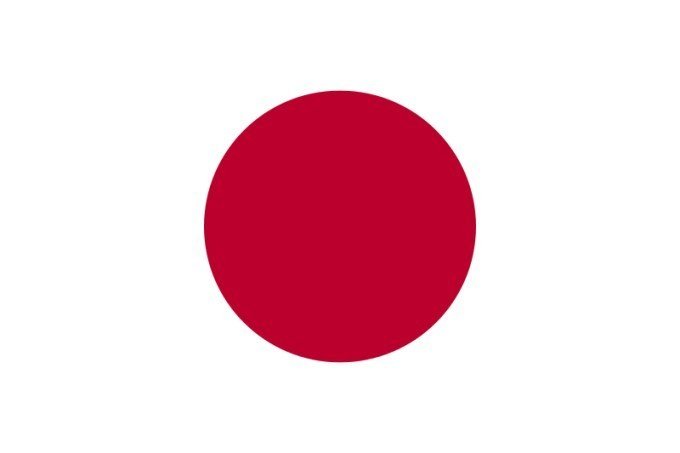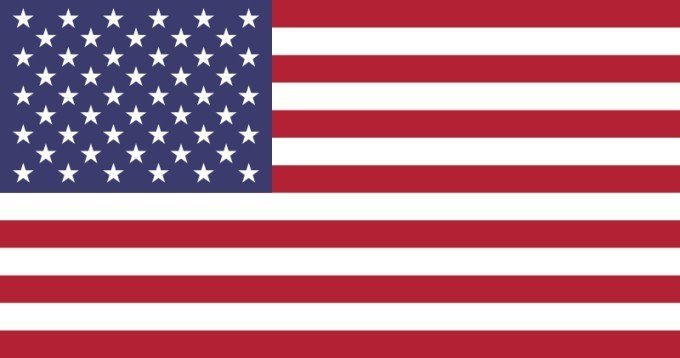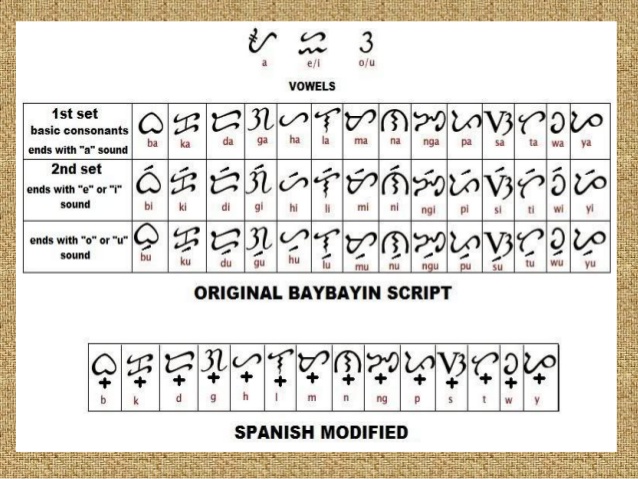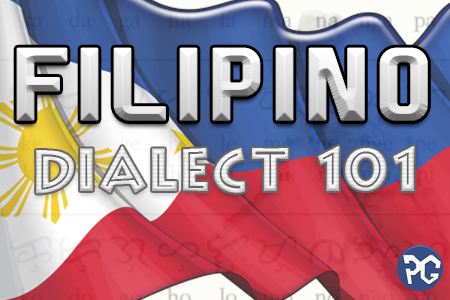The Six Nations which invaded the Philippines
The Six Nations which invaded the Philippines.
➢ History textbooks may have taught you that only three countries ever invaded the Philippines in known history. This information is false and misleading. Although it is partly true that Japan, the USA and Spain popularly subjugated the Filipino nation, there are other three minor invaders recorded to have conquered the Pinoy Islanders.
➢ History textbooks may have taught you that only three countries ever invaded the Philippines in known history. This information is false and misleading. Although it is partly true that Japan, the USA and Spain popularly subjugated the Filipino nation, there are other three minor invaders recorded to have conquered the Pinoy Islanders.
In reality, The Netherlands (Dutch), Portugal and the Great Britain (England) also briefly invaded the Philippines. Also, some other less known foreign cultures and factions temporarily encroached Philippine territories during the colonial and pre-colonial times.

Photo Credits: Magellan from Wikimedia Commons and SCMP
SIX MAJOR INVADERS OF THE PHILIPPINES
IMPERIAL JAPAN 1941 - 1944
➢ The most recent invasion is attributed to Imperial Japan during World War II. A combined force of American and Filipino fighters resisted the full control of Japan of the Filipino nation. The Japanese takeover lasted from years 1941 to 1944. Eventually, Japan was soundly defeated together with Germany and Italy in the end by the combined military power of the Allied nations.

Photo Credits: Credits: Flag from Sciencekids
UNITED STATES OF AMERICA 1899 - 1946
➢ The United States of America entered the Pacific theater with the start of the Spanish-American War in April 25, 1898. Spain got obliterated by the USA in the Battle of Manila Bay on May 1 of the same year and subsequently sold their sovereignity of the Philippines for 20 million dollars in the Treaty of Paris. Resistance forces of the Philippine Republic prevented the complete annexation of the Americans which led to the Philippine-American war. The Moros and the Pulahanes also revolted against American rule. The war lasted from 1899 to 1913. America formally governed the Philippines up until 1946 when Japan was defeated and the USA relinquished sovereignity and control back to the Pinoys in the Treaty of Manila.

Credits: Flag from Sciencekids
GREAT BRITAIN 1762 - 1764
➢ The Great Britain was dragged to the Philippine shores after Spain discreetly allied with France, an enemy of England during the Seven Years War. It was January 4, 1762 when England declared war against the Spaniards. Britain later annexed Manila and Cavite with its Indian regiment. England brought in a strong fleet of eight ships of line, three frigates and four ships. Manila was immediately occupied and pillaged. However, the combined forces of Spain and Filipino fighters prevented the complete control of the country by the British invaders. The Brits eventually withdrew control of the Philippines after the Treaty of Paris in 1763 but was only implemented in 1764 due to delays in correspondence.

Credits: Flag from Sciencekids
NETHERLANDS · 1600, 1609, 1616, 1646
➢ After gaining its independence, the Dutch yearned to be an economic power by siezing Asian territories from western powers. They first tried to attack Filipino shores in years 1600, 1609 and in 1616 with all ending in defeat opposite superior Spanish navy. Afterwards, in 1646, the Netherlands and Spain engaged in a series of five naval skirmishes known as the Battles of La Naval de Manila. Initially, Spain was ill-prepared to fend-off the Dutch. The good thing was Spain did utilize the help of Filipino fighters, hence they stopped the Dutch from ever capturing Manila. Spain had 2 and later 3 aging Galleons against the might of the Hollanders who brought 3 naval squadrons consisting of 16 Galleons and other smaller ships. The Hollanders started by plundering and pillaging the homes of the Pangasinenses and the Ilocanos when they refused to revolt against the Spanish. One Dutch squadron attacked Zamboanga and eventually blockaded San Jacinto port in Ticao island but failed. The aftermath of the war saw the Dutch losing decisively against the superior tactics of the Spanish navy commanders. Despite having a much more powerful navy, the weak tactics of Netherlands led to their ultimate defeat in the Philippines.

Credits: Flag from Sciencekids
PORTUGAL 1568
➢ Ever since Pope Alexander VI divided the known world for Spain and Portugal in Treaties Tordesillas and Zaragosa, both countries tried to outsmart one another in gaining territories for resources and power. Portugal surveyed the Philippine Colony in 1566 and warned the Spaniards in 1567 that it actually belonged to them and will retake it with a powerful armada. They came back in 1568 when Portuguese General Gonzalo de Pereira attacked the forces of Miguel Lopez de Legazpi in Cebu. Pereira blockaded the port of Cebu and attacked the settlement with guns and cannons. They burned a multitude of barangays and killed even children and women. However, Pereira retreated eventually even if he had the superior naval force. He feared that any losses incurred to his navy might mean losing Malacca, which also faced internal enemies. The attack in Cebu came as the last time Portugal attacked the Philippines. In 1580, Spain and Portugal were united as one nation after Portugal’s last sovereign royalty died, effectively uniting all the territories to Spain.

Credits: Flag from Sciencekids
SPAIN 1565
➢ Spain subjugated the Philippines the longest compared to all other foreign adversaries. Although initially discovered by Portuguese explorer Ferdinand Magellan in 1521, it was not until 1565 that Spain began the permanent colonization of the Philippines. In the same year, Ruy Lopez de Villalobos founded settlements in Cebu and Miguel Lopez de Legazpi returned in 1571 to formally annex and establish a city in Manila. Spain controlled the Philippines for 333 long years until their defeat to the Americans in 1898.

Credits: Flag from Sciencekids
MINOR INVADERS OF THE PHILIPPINES
CHINESE PIRATES 1574 - 1575
➢ Chinese pirate Limahong tried to invade Ilocos Sur and then Manila (through Parañaque) in 1574. The Spaniards, under Spanish Captain Juan de Salcedo and Filipino Dol Galo repulsed the pirates under the command of Limahong and stopped them from ever invading Manila. Limahong, however laid siege and successfully established a fort and a stronghold in Lingayen Pangasinan in 1575, garnishing himself as a royal king. After exacting tributes from the natives of Pangasinan, Limahong ultimately retreated to China when the Spanish made a blockade of the Lingayen river and forced an inland skirmish against the beleaguered Chinese bucanneers.
CHINESE PIRATES 1662 - 1575
➢ Though ultimately unsuccessful in his ambition to invade the Philippines during the Spanish era, Zheng Chenggong aka “Koxinga” still raided several Philippine towns before his death. His threat to conquer the Philippine islands after annexing Taiwan during the Qing Dynasty resulted to the Spaniards concentrating their forces into Manila, thus abandoning the complete control and conquer of the Mindanao and Moro lands. This scenario also forced the Spanish to relinquish their hold of the Moluccas islands. An author, Tonio Andrade, theorized that Koxinga may have defeated the Spanish if he did not die abruptly.
OTHER NOTABLE PRE-COLONIZATION INVADERS OF THE PHILIPPINES
• INDONESIA – Sri Vijaya and Majapahit Empire
• BRUNEI – Sultan Kingdom of Brunei (around 1500 A.D.)
• MALAYSIA – Malacca Sultanate/Kingdom
• CHINA – Ma-I Mindoro Huangdom and Huangdom of Pangasinan
References
• Carioti, “The Zhengs’ Maritime Power in the International Context of the 17th Century Far East Seas: The Rise of a ‘Centralised Piratical Organisation’ and Its Gradual Development into an Informal ‘State'”, p. 41, n. 29.
• Andrade, Tonio (2005). “Chapter 10: The Beginning of the End”. How Taiwan Became Chinese: Dutch, Spanish, and Han Colonization in the Seventeenth Century. Columbia University Press.
• Andrade, Tonio (2005). “Chapter 10: The Beginning of the End”. How Taiwan Became Chinese: Dutch, Spanish, and Han Colonization in the Seventeenth Century. Columbia University Press.
written by Rock Punzalan for Pinoy Search Network
FAIR USE DISCLAIMER: The following data is for educational, scholarship review and archiving purposes only. By viewing this information, you release the website and its authors from any responsibility or liabilities. Though we verify and maintain the accuracy of the provided data, the absence of unintented typographical and factual errors cannot be guaranteed. Use the page at your own risk. For any suggestions, updates, credits or correction requests, contact us or comment below.
Like Us
Trending Posts
- Korean War: When 900 Filipinos defeated a 40,000 strong Chinese Communist army
- 35 Must-Know Filipino Greetings and Phrases for Travelers
- Miguel Malvar – Forward without ever turning back
- Andres Bonifacio – I declare this assembly dissolved
- December 30, 1896 – execution of Jose Rizal
- August 21, 1983 – Assassination of Ninoy Aquino
- September 21, 1972 – Marcos declares Martial Law
- Philippine Adobo is not Adobar
- Binondo – world’s oldest Chinatown
- Kalaw – Clock of the Mountains
- Philippine Eagle – largest extant eagle in the world
- Top Filipino Heroes and their favorite food
- Top 50 Must-Try Fruits in the Philippines
- Ninoy Aquino – The Filipino is worth dying for
- Antonio Luna – I will fight and offer my life
- Antonio Luna – I am going not to command but to obey
- Macario Sakay – Death comes to us all sooner or later
- Jose Abad Santos – Do not cry Pepito
- Gregorio del Pilar – The general has given me the pick
- Ninoy Aquino – No to tyranny! No to corruption!
- Jose Rizal – What said those two souls communicating
- Jose Rizal – Cowardice rightly understood begins
- Jose Rizal – Our liberty will not be secured at the sword
- Andres Bonifacio – Reason teaches us that we must be united
- Andres Bonifacio – Reason teaches us that we cannot expect
- Andres Bonifacio – Love your Country next to God
- Ninoy Aquino – For seven years, I was not allowed
- Ninoy Aquino – The Filipino asked for nothing more
- Ninoy Aquino – It is a rare privilege for me to join the Motherland
- Ninoy Aquino – Son my decision is an act of conscience
- Jose Rizal – I have to believe much in God because
- Jose Rizal – He who does not know how to look back
- Jose Rizal – One only dies once, and if one does
- Abelardo Aguilar discovered Erythromycin
- March 17, 1521 – Magellan landed in Homonhon
- March 16, 1521 – Magellan discovered the Philippines
- Top 100 Bugtong Collection
- The Six Nations which invaded the Philippines
- Baybayin, not Alibata is the ancient Filipino writing system
- The many names of Lapu-Lapu












